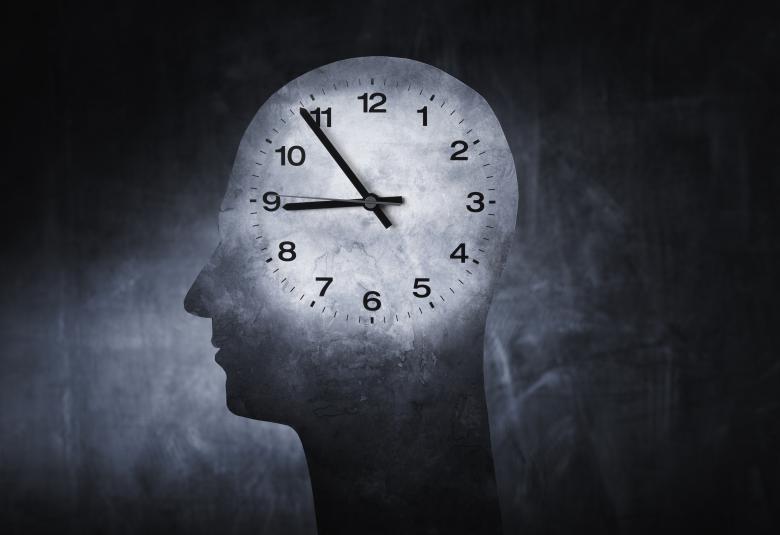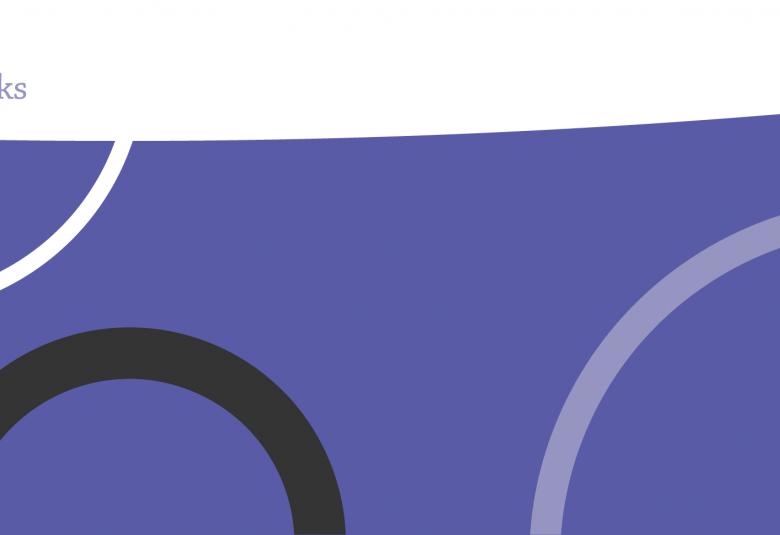Emotional, physical, and sexual abuse are associated with an increased risk for developing migraine. Such abuse is linked to more severe migraine-related sensory hypersensitivity symptoms according to the results of a new study presented at AAN 2021 by Dr Meesha Trivedi, Mayo Clinic, AZ.
Risk of developing migraine following abuse
60% of adults with migraine experience of abuse
In 2016, a retrospective cross-sectional analysis of the Ad Health Dataset revealed that 60% of adults self-reporting migraine also reported experience of abuse. For 58% of these adults, this was emotional abuse,1 said Dr Trivedi, who highlighted that the risk of developing migraine among people who experience abuse is increased by:
· comorbid depression and anxiety1,2
· type of abuse1,3
· increased number of types of abuse3
· higher frequency of abuse4
Impact of abuse on patients with migraine
Abuse was associated with significantly greater headache frequency
Dr Trivedi described a study she carried out with colleagues of adult patients with migraine to investigate the impact of abuse on migraine-related sensory hypersensitivity and the role of comorbid depression and anxiety.
Patients were asked to complete questionnaires to evaluate anxiety, depression, photosensitivity, hyperacusis, and allodynia, and to provide a self-reported abuse history.
Of the 1020 patients recruited from the American Registry for Migraine Research who completed the questionnaires (38% response rate), 36% reported a history of abuse (n=365).
Abuse was associated with significantly greater anxiety and depression
Abuse was associated with significantly greater headache frequency (additional 1.5 headache days per month; p=0.019), anxiety (p<0.001), depression (p<0.001), photophobia (p<0.001), hyperacusis (p<0.001), ictal allodynia (p<0.001), and interictal allodynia (p=0.001).
After controlling for age, gender, and headache frequency, abuse was significantly associated with photophobia (p<0.001), hyperacusis (p<0.001), ictal allodynia (p<0.001) and interictal allodynia (p=0.002).
Abuse was significantly associated with photophobia, hyperacusis, and ictal and interictal allodynia
Both anxiety and depression significantly mediated the relationships between abuse and photophobia, hyperacusis, and ictal allodynia.
Dr Trivedi concluded that further research is needed to determine the pathophysiologic mechanisms underlying the relationship between abuse, psychiatric comorbidities, and migraine symptoms.
Our correspondent’s highlights from the symposium are meant as a fair representation of the scientific content presented. The views and opinions expressed on this page do not necessarily reflect those of Lundbeck.




